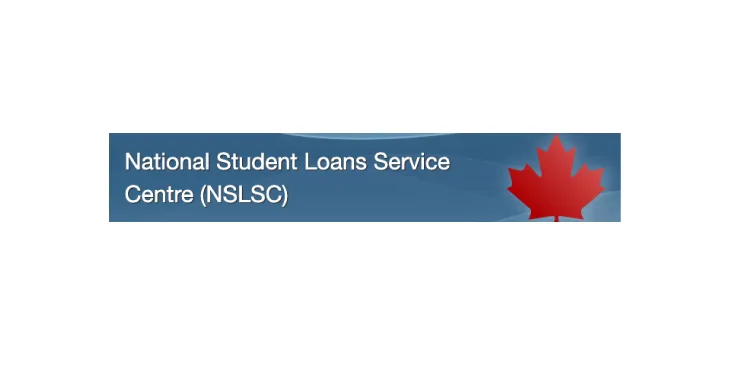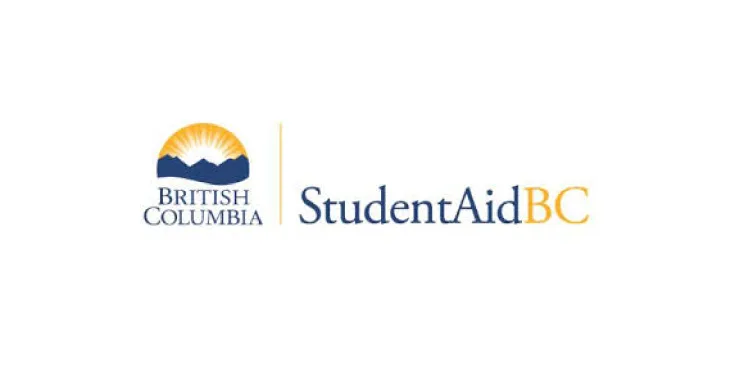
How long after they graduate must students start repaying their government student loans?
Despite your best intentions to pay back a student loan, unforeseen things can happen. You might get sick or injured and be unable to finish your studies. You might be unable to find a high-enough paying job to stay ahead of your loan payments. If so, what to do?
What you should know
In Canada, students can apply for government student loans to help them pay for college or university. A bank or credit union provides the loan, but the money is guaranteed by the government. If the student doesn’t pay back the loan, the government will pay the lender back for its loss.
Under the law, you don’t pay any interest on a government student loan while you attend school. After you graduate, you repay the principal and interest. However, you don’t have to make any payments for six months after you graduate.
Private loans are also available to students. Some banks offer regular consumer loans, lines of credit, and emergency loans to students.
Private student loans are like regular bank loans. Interest starts building up right away (unlike a government student loan, where interest doesn’t get charged while you’re at school). As well, you usually have to start paying back a private loan right away.
If your loan is a government student loan, government repayment assistance may be available. The Repayment Assistance Plan (RAP) helps people in financial trouble or who have suffered a disability that makes working off the debt hard or impossible.
RAP offers different levels of debt relief. You might qualify to have your interest payments on your debt forgiven. You might be allowed to pause your monthly payments until you’re in a better financial position. You might get some reduction in the principal.
Whether you qualify for repayment assistance, and how much help you’ll get, depends on your income and how serious your financial situation is. Enrolment is not automatic and you need to re-apply to the plan every six months. For details on how to apply, see below under “Work out the problem.”
Are you eligible?
Enter your loan information into the Repayment Assistance Estimator to see if you are eligible for repayment assistance.
“Soon after I dropped out of college for personal reasons, I started getting swamped by student-loan debt. Finally, to get a ‘fresh start’, I declared bankruptcy. It had been more than seven years since I was in college, so I assumed I was fine. But now I’ve started getting calls from the government saying I have to start paying back my loans. They say I wasn’t outside the seven-year window when I filed for bankruptcy. Because, they say, the clock started ticking on my seven years not when I dropped out but on the date of the last class I was enrolled in. I’m hooped.”
– Mortimer, New Westminster, BC

By declaring bankruptcy, you give up most of what you own to get rid of your debts. You work with a trustee in bankruptcy to see you through the process. When your bankruptcy is complete (when you are “discharged from bankruptcy”), you are released from your obligation to repay your debts. For more information, see our guidance on declaring bankruptcy.
Private student loans are treated the same as any other regular debt. When you complete your bankruptcy, you no longer have to repay your student loan.
However, the law in Canada treats government student loans differently. A discharge from bankruptcy releases you from having to repay a government student loan only if you filed for bankruptcy at least seven years after you’ve been out of school. If you were a student within the last seven years, your government student loans “survive” your bankruptcy. That means you still have to pay them off.
How the seven-year rule is calculated
The seven-year waiting period starts running on the date when you ceased to be a full- or part-time student. For those who drop out of school, the date they cease to be a student would be the date of the last class they were enrolled in.
The seven-year waiting period runs until the date you file for bankruptcy.
You can ask for a shorter waiting period
A court can reduce the waiting period to five years. Once five years have passed since you ceased to be a student, you can ask a court for an early discharge of your government student loan debt. You will have to show that repaying the loan will result in “undue hardship.”
Confirm the date you ceased to be a student
Before filing for bankruptcy, it is best to verify the date you ceased to be a student. You can do so by contacting the National Student Loans Service Centre by phone at 1-888-815-4514 or online at canlearn.ca.
Work out the problem
If your loan is a government student loan and you’re having trouble making your payments, government repayment assistance may be available. See above. The Repayment Assistance Plan is managed by the National Student Loans Service Centre. You can apply for repayment assistance by:
submitting an online application, or
mailing your completed application to the National Student Loans Service Centre.
Whether your loan is a government or a private student loan, discuss your situation with the lender. You can ask to have the terms of your loan changed if you need more time to pay.
(Before you discuss anything with the lender, figure out if the limitation period has expired. In the case of the government, if it’s been more than six years since you made a payment or the lender demanded payment, they may have lost their legal right to enforce the contract. If you acknowledge in writing that the debt exists, you risk reviving the loan.)
If you have a government student loan, you can ask for a Revision of Terms Plan. This can involve paying reduced payments for a short period, making interest-only payments for a short period, or extending the repayment time of your loan for up to 15 years.
Guidance on getting out of debt
There are ways to improve your finances by managing your debt better. See our guidance on getting out of debt.
Recent graduates in select in-demand occupations can have their BC student loans forgiven. They must agree to work in underserved communities or in fields where there is an identified shortage in BC. Find out if you are eligible for the BC Loan Forgiveness Program.
If you’re hoping for a more permanent solution—to have the slate wiped clean so you can get a “fresh start”—you can ask for legal permission to have your debts forgiven.
That means sitting down for an initial consultation with a licensed insolvency trustee. They can help you investigate filing for bankruptcy or making a consumer proposal. In a consumer proposal, you agree to new debt payment terms with your creditors. By declaring bankruptcy, you give up most of what you own to get rid of your debts. See our guidance on making a consumer proposal and declaring bankruptcy.
It's a good idea to get help
The seven-year rule for government student loans can be complicated (see above under “What you should know”). Discuss it with a licensed insolvency trustee. Make sure you know if your student loan debt will be discharged before you declare bankruptcy.
Who can help

National Student Loans Service Centre
They can help if you’re having difficulty paying down a government student loan.

Credit Counselling Society of BC
A non-profit society that helps people better manage their money and debt.



